

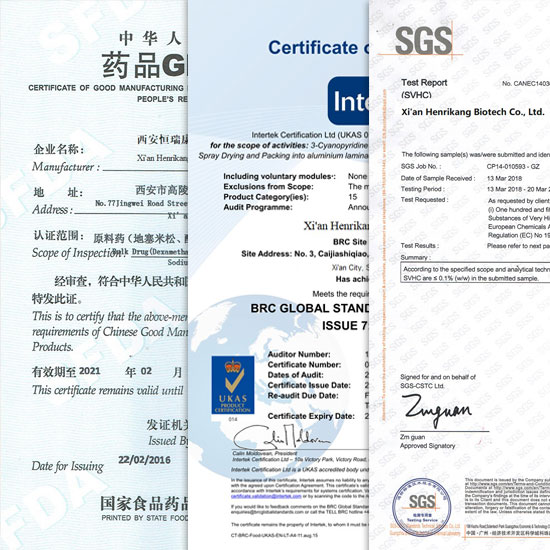



Related Attributes
Product details
DL-Methionine is one of the essential amino acids, deficiency of which can cause liver and kidney disorders. It is especially important for protecting liver function. It can promote the growth of hair and nails, and has the effect of detoxification and enhancement of muscle activity.
DL-Methionine vs. L-Methionine
| Feature | L-Methionine | DL-Methionine (DL-Met) | What This Means for You |
|---|---|---|---|
| Chemical Structure | The natural, "left-handed" (L-) form of the amino acid. | A 50/50 mixture of the natural L-form and the synthetic "right-handed" (D-) form. | L-Methionine is identical to the methionine found in the food you eat (like eggs, fish, and meat). Your body recognizes and uses it directly. |
| Source & Production | Derived from natural sources or through fermentation. Often vegan-friendly. | Purely synthetic, produced in a lab. | If you prefer natural, plant-based, or clean-label products, L-Methionine is the clear winner. DL-Methionine is a synthetic chemical. |
| Bioavailability & Use | 100% bioavailable and actively used by the body for protein synthesis. | Only the 50% "L" portion is used. The "D" form must be converted by the body, which is inefficient and adds metabolic strain. | L-Methionine is more efficient. You get what you pay for. Your body doesn't have to work to convert a portion of it, making it a more direct and effective supplement. |
| Primary Use & Market | Common in human dietary supplements and certain medical foods. | Primarily used in the animal feed industry to promote rapid growth in livestock. | Key Pain Point: Why is a form commonly used for industrial animal feed being sold in your human supplements? L-Methionine is the standard for human nutrition. |
| Safety & Side Effects | Well-tolerated when taken at appropriate doses, as it's a natural building block. | The long-term effects of the synthetic D-form in humans are not fully understood. It may place unnecessary stress on the kidneys and liver. | For long-term safety and peace of mind, L-Methionine is the superior and more responsible choice. You are consuming the form your body is designed to handle. |
| Cost | Generally more expensive due to more complex production. | Very cheap to produce synthetically. | DL-Methionine is a cost-cutting ingredient. The low price often reflects its synthetic nature and industrial-grade origin, not its quality or suitability for humans. |

Uses and functions of DL-Methionine.
DL-Methionine can be used as a nutritional supplement. It has the same physiological effect as L-type methionine, but is less expensive (L-type is made from DL-type), so DL-methionine is generally used.
In oats, rye, rice, corn, wheat, peanut flour, soybeans, potatoes, spinach and other plant foods to improve amino acid balance.
The content of commercial methionine ≥ 98.5%, is one of the essential amino acids for the growth of livestock and poultry animals, is the biological synthesis of protein "skeleton" amino acids, the animal metabolism has a strong regulatory effect, widely used in medicine, food, feed and cosmetics and other fields.
In medicine, it can be used as the main ingredient of amino acid infusion and compound amino acid, and it can also be used to synthesise medicinal vitamins and produce liver-protecting preparations by using its anti-fatty liver effect. In food, it can be used for amino acid fortification of food and processing of food health care products, and it can be used as nutritional supplements, due to the special smell, so it is only used in fish cake products; in the feed industry, methionine has the largest amount, and it is used as nutritional fortification of feed, and it is used as feed additive to make up for the balance of amino acids, and in the varieties of amino acid-based nutritional feed additives, methionine accounts for 60%, lysine accounts for 30%, and other amino acids account for about 10 per cent. 30 per cent, and other amino acids account for about 10 per cent.

Characteristic of DL-Methionine.
DL-Methionine is white flaky crystal or crystalline powder. It has special odour. Slightly sweet taste. Melting point 281 degrees (decomposition). 10% aqueous solution PH value 5.6-6.1. no spin. Stable to heat and air. Unstable to strong acid, can lead to demethylation. Soluble in water (3.3g/100ml, 25 degrees), dilute acid and dilute minus solution. Extremely insoluble in ethanol, almost insoluble in ether.

Product Method of Bulk DL-Methionine Powder.
The synthesis is usually carried out using propionaldehyde as the raw material. Propionaldehyde and methyl mercaptan are condensed in the presence of formic acid and copper acetate to form 3-methylthiopropionaldehyde. It is then mixed with sodium cyanide and ammonium bicarbonate solution.
The reaction at 90°C gives methylthioethylglycolide. Without separation and purification, it can be heated to 180°C together with 28% sodium hydroxide solution and hydrolysed to produce sodium methionine. Neutralise with hydrochloric acid to get finished methionine. Each tonne of product consumes 480kg of propionaldehyde, 400kg of methyl mercaptan and 420kg of sodium cyanide.
WHY CHOOES US?
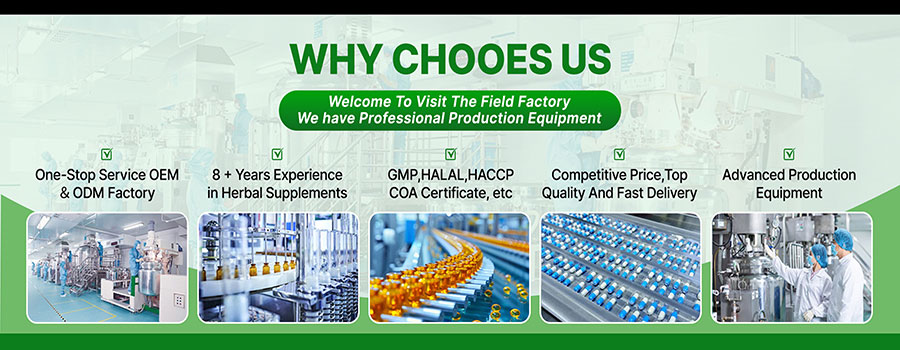
OUR CERTIFICATE
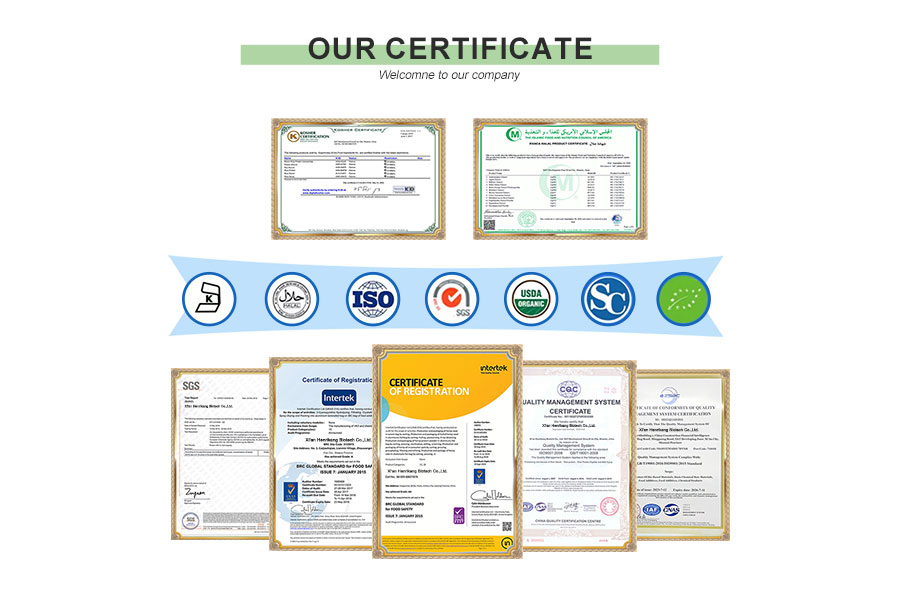
CUSTOM PROCESS
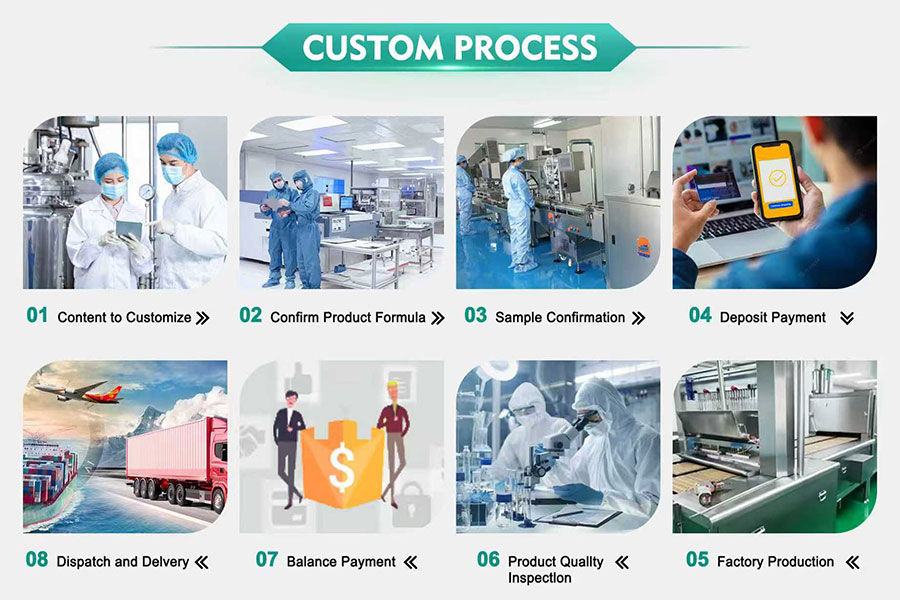
OUR PACKAGE
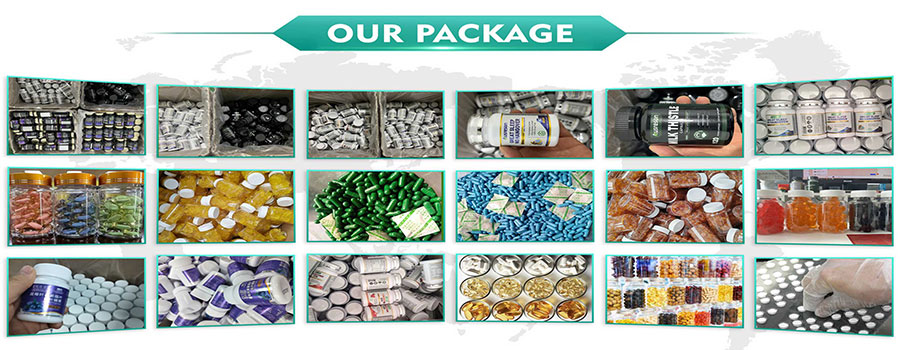
OUR EXHIBITION

OUR FACTORY
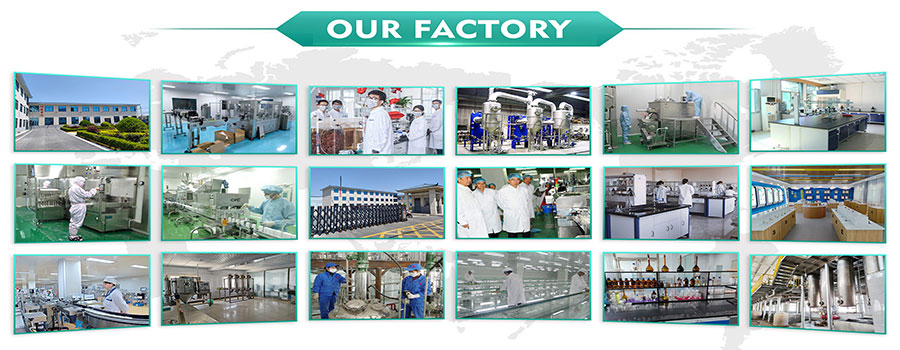
Shipping
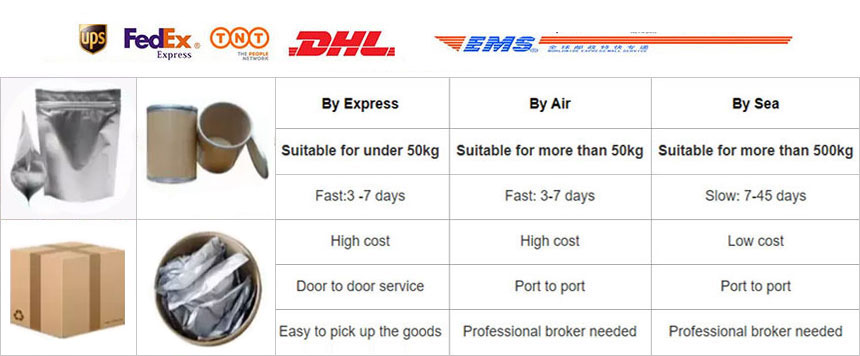
Pharmaceutical Intermediate manufacturers
©2022 Xi'an Henrikang Biotech Co., Ltd.,